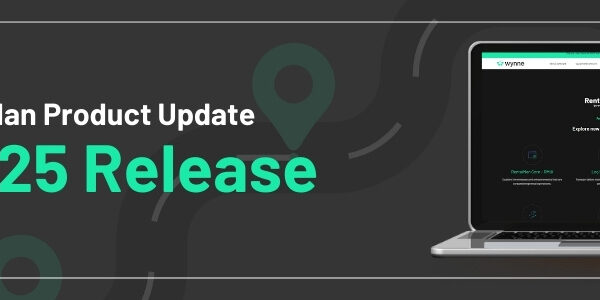
Control is one of those things that few businesses want to relinquish, but sometimes having just one method of control in your purchasing processes can seriously limit your flexibility to respond to specific business situations. Purchasing is a classic case in point.
We’ve recently been working with one of our customers to help reorganize their re-rent processes, reducing the number of levels of approval, streamlining activities to put more control in the hands of their branch/location managers and reduce the amount of paperwork being generated throughout the other departments in the business.
When we analysed their existing processes it became clear that whilst most of the leg work and the discussions with suppliers was being carried out by the branch managers, there was a whole lot of additional process steps put in place to have AP & procurement validate activities that in reality were very rarely actually checked (because the vendor had already started the supply process based on verbal confirmations) and even more rarely challenged.
The effect of the process that they were using was to increase the size of the paper trail created, lengthen the elapsed time between a verbal request to a supplier and the paperwork actually catching up with the re-rental process and ultimately creating more problems down the line in the AP.
None of this means that control isn’t needed, it just means that the nature and the timing of the control needed to be changed. In this particular instance, giving the branch manager control of the re-rent process, but ensuring that automatic exception reporting was generated based on potential margins, types of equipment rented, fleet availability calculations at the point of re-rent (the branch managers for example, know that if they re-rent just because they’ve got something sitting in repair for 2 weeks they will be challenged).
Audit reports validate every step of the process meaning that regional management, finance, procurement and everyone else involved in the management of the process can be made aware of exceptions and issues early in the process. Re-rent accruals provide all the statistical and trend data that is needed to understand the affect of re-rent costs on daily, weekly and monthly profitability early rather than after the event.
Procurement isn’t out of the control process entirely, but instead of rubber-stamping re-rent orders that have been created at the branch level, they can now focus on looking for patterns of good and bad behaviour from both suppliers and branch managers. If a supplier consistently sends in incorrect invoices that slow down the AP and create pain at the backend, then procurement can challenge the underlying problems at the supplier and if necessary remove them from the preferred supplier lists.
They can also ensure that like for like costs are accurately compared. The local supplier who looks cheap on a daily rate basis, but consistently adds additional charges at the point of return, may actually compare unfavourably with a national vendor who’s delivery charges are higher, but includes more within the daily rental fee. This is the type of thing that a branch manager may not have time to consider. Procurement can see the big picture more clearly rather than focusing on individual orders, and ensure that branch managers get the most effective list of suppliers to choose from.
We certainly don’t advocate removing controls, but sometimes its worth considering whether your controls are delivering effective business practice. If they aren’t, then its maybe its time for a quick business process review.
Written by: Helen Sowerby, Director of Business Development from Wynne Systems who is helping a number of construction companies examine their processes and software.




